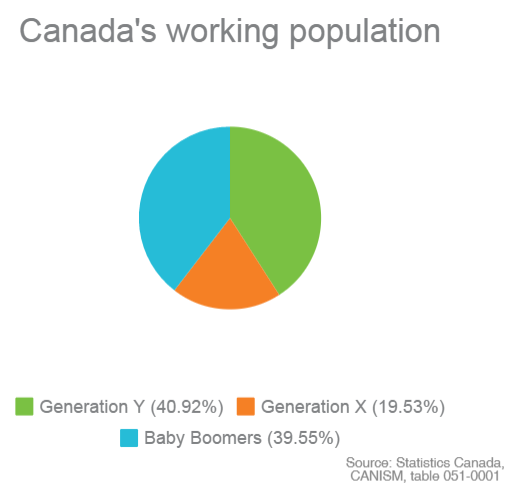Retirements and the shrinking oil and gas workforce
- 3 min read
In previous forecasts, when the oil and gas industry was experiencing rapid growth, it was assumed that as workers retired those roles would be filled. However, in the current climate this is not the case. In 2015 and 2016, many of the positions vacated by retirements were not filled as part of companies’ strategies to reduce costs and create a leaner workforce. PetroLMI surveyed 36 companies in early February 2017, and they indicated that any decision to fill a role due to retirement would be assessed based on the position, type of work and availability of other options to accomplish the job. So, unlike previous outlook reports, our latest forecast, Labour Market Outlook 2017 to 2021 for Canada’s Oil and Gas Industry, presents retirement numbers separately. They are not included in our forecast for new hires.

This does not mean retiring workers will have no impact on Canada’s oil and gas industry. We predict that within our five-year forecast up to 23,000 oil and gas workers are eligible to retire. In 2017 alone, of those, 4,000 could retire. Across Canada, 18% of the baby boomer generation is over 65; replacing their skills and experience won’t be easy.
Our labour forecasting model looks at the historical rates of retirement by each key occupation. As part of our surveying and data collection we asked companies about what their strategies would be to address retirements at an occupational level and here is what we learned:
- Supervisors and managers account for over 25% of the positions that could be impacted by retirements. Internal promotions and succession planning will play a key role in replacing these employees.
- Operators, including drillers, oil and gas services operators and field, plant and pipeline operators will account for a third of retirements. Since these people tend to be directly related to a company’s profitability, employers will need to carefully consider whether to fill the roles or transfer the duties and responsibilities to other people. Technology enhancements, such as automation and digitization, could decrease the need to fill some of these vacancies.
- Engineering roles represent a relatively small portion of the potential retirements. However, many engineers provide industry-specific technical knowledge and skills, so companies will need to evaluate the potential impact on productivity in deciding if these positions should be filled.
- Trades people who retire will be assessed for their importance in maintaining and optimizing oil and gas operations.
Mitigating the loss of experienced workers will require thorough workforce planning, flexible work strategies that encourage older workers to stay in the workplace longer while implementing knowledge transfer and retention. Companies indicated they will also be utilizing technologies and innovation to replace some retiring workers and improve productivity. Another important strategy will be to attract experienced workers from other sectors that have transferable skills and qualifications. In the longer-term, workforce development strategies such as training and mentoring should help to increase the knowledge and skills of current and new workers.
